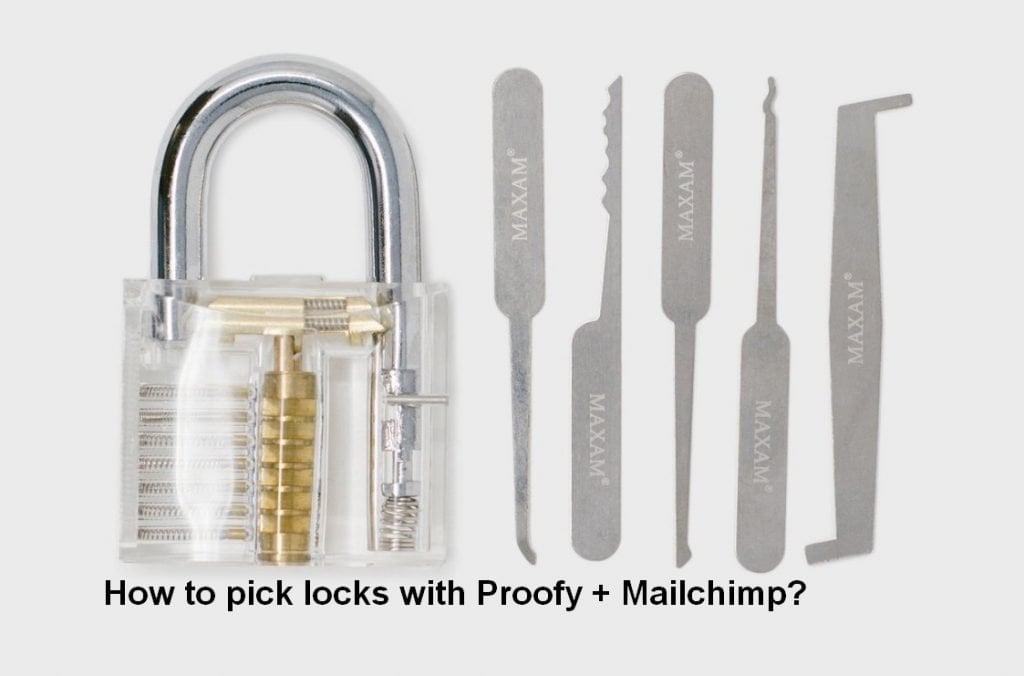
Did you ever think how a few simple actions can really protect you from being sent to spam? Well, actually all previously mentioned tips also are important in reaching great deliverability and sender’s reputation. But today we will close this complete guide with additional recommendations on this aspect. They are simple to implement, but the results can be truly impressive. So let’s start.
- Check the domain/IPs you use for emailing on being blacklisted.
It may seem obvious, but it is often a case when your address is in a few blacklists. This happens due to the fact various companies use the same blacklist providers. And as a result, the single case of blacklisting can have a negative effect on other IPs.
What do you need to know about blacklisting? First, there are three types of blacklists:
– Public – available for everyone, so any provider can apply their service. They are often used for monitoring purposes and they are simple and automated.
– Private – available for limited amount of ISPs and are paid. To check whether your address is blacklisted like this you need to use tools for inbox checking.
– Internal – provided and supported by the ISPs directly. In this case, you also can use the checking tools to make sure you are not added to any of such lists.
The situation may become more difficult when the IP/domain is added to several blacklists and of various types. That is why you need to do deep and often check of this aspect. You can use these tools:
– multirbl.valli.org– the simple and fast service;
– Unlock The Inbox – Blacklist Checker – the useful feature here is that along with single IP check you will be provided with the list of associated addresses that is recommended to check as well;
– Unlock The Inbox – Blacklist Monitoring Service – applicable for automated blacklist checking. It is affordable service and it provided a set of useful features and tools.
- Whitelist you address within 90 days after starting sending.
Here’s why you need to do this in 90 days: you need to provide whitelisting services with some sending history first. You need to do whitelisting if you want:
– to increase your inbox rates;
– to level up sending volumes;
– avoid the majority of spam filters.
There are plenty of services both free and paid you can use for this purpose:
– Free – Yahoo, AOL, United, DNS WL;
– Paid – Return-Path, CSA (Certified Senders Alliance), ISIPP, Emailreg.org.
Most of the steps are automated so you can do the required procedures without any special efforts.
- Make sure you use the quality email list.
Usage of the rented/bought email list can be detected by the ESPs. As soon as you try to add one of such lists even from the reputable provider, you can be rejected by the mailing platform. The thing here is in the quality of each address in the list, its validation etc. If the email list contains plenty of fake, inactive or irrelevant emails, even the validation companies will not improve the situation.
Your goal can be at least 20% open rate along with 1% click-through rate. And every six months delete the non-opening addresses from your lists.
Here are some tips to create and maintain the quality email list:
– do the regular cleaning – create your own strategy on how to remove the inactive emails and check the quality of the existing ones;
– be sure to regularly clean emails from risky and unknown email addresses using free email list verifier;
– add the website opt-in – add a simple registration process to your website in order to collect emails from the real people;
– prove the usefulness of your offer – when signing in the user must know what you offer and why you collect the data here;
– benefit from social sharing – that is how you can get new subscribers as well as promote your business;
– set the targeting and optimization – you need to understand the lifespan of your target client and to design the customer experience according to the received information.
- Control your metrics on Sender Score.
This is the metrics that can determine the destiny of your email. The thing is that any domains use the Sender Score service to choose whether to allow accepting of your letter. Usually, you need to have no less than 90 Sender Score. Check it on the official website. If it is lower you need to work on its improving.
What does this score mean? The higher number here is 100 and the lowest is 0. It is the ranking of the particular IP in comparison with other addresses. This number is used by ISPs in order to control the quality of the delivered mail. Your reputation can be affected by the receivers’ reactions like pushing the “Complaint” or “Spam” buttons.
- Check the configurations of your email you use for the campaign.
This is the process of checking that your messages have the proper destination and configuration. Verification helps to avoid the account suspension, dismal marketing results and wasting money. Use the services like Unlock The Inbox – Mail Tester. That is how you can get a complete report on email server configurations. Also, you can be provided with email and inbox testing features as well as blacklist checking.
- Control the compliance of your brand.
The bigger your company is, the higher risks of your brand being violated. You need to use some special services in order to check your brand compliance and make sure your partners follow your company’s policy and use your brand name in accordance with it. What info does this checking help to get?
Firstly, you will know whether someone is misusing your brand. Also, you will be informed if someone uses your offer or other intellectual and commercial property without referring to you. You can use the data of your competitors as well in order to improve your own approaches.
- Keep your abuse/complaint rate low.
Do you remember the Feedback Loop we have discussed in previous articles? So as soon as you sign up for it, you need carefully check your email list and quickly remove the ones you receive complaints from. The quicker you do so, the cleaner your abuse/complaint rate will be. We are talking about the number of people who pushed the “Spam” or “Complaint” button. It obviously affects your deliverability. As soon as the rate becomes higher than it is allowed, your emails will be unwelcome. Here are some numbers you need to remember:
– Hotmail < 0.1%;
– Yahoo < 0.2%;
– AOL <= 0.3%.
Any higher number will be considered as an abusive activity, so do not allow the rate to be over these numbers.
- Follow the existing local and international anti-spam laws.
This may sound obvious, but following the existing anti-spam laws can really help you in many things like whitelisting and controlling your reputation. Violation of these laws can lead to serious consequences and harm your business. To conduct business via email legally in English speaking countries you need to study these basic documents:
– CASL (CA);
– DPEC (EU).
In other parts of the world, there are other laws, but their main principles are the following:
– the email needs to be sent from the real user and the “From” line should be filled with a real email address;
– the subject line needs to be in compliance with the content of the email;
– the unsubscribe option is a must in every email;
– the list of the emails should be collected via opt-in technique, not the bought one.
All the laws and regulations were designed in order to protect the receivers and their data. When it comes to commercial emailing, you cannot ignore them. Along with all limitations, these rules contain the info that can help you to change the perspective of your emailing and to level up its quality.
- Do inbox testing before and during the campaign.
As we have already mentioned, testing is an inseparable element of the successful campaign. There are different spam filters depending on the ISP specifications and different approaches can lead to different results. You risk your reputation as a sender in case you miss something. Testing helps you to see the possible results of your campaign, the receivers’ reactions, and the ISP reactions as well. That is how you prevent plenty of unwelcome situations.
Bottom Line
With this last set of tips, we conclude the complete guide that is called to improve your inbox deliverability. It may look like an impressive list of rules, but in fact, every marketer should do these things during every campaign. You can use our articles as a check-list for your job. You may find out what else you need to improve your outreach approach or what to add or change in order to get better marketing results.
We did a great job while discovering and collecting these useful recommendations for your emailing. Good luck with their implementation and future success of your campaign.



